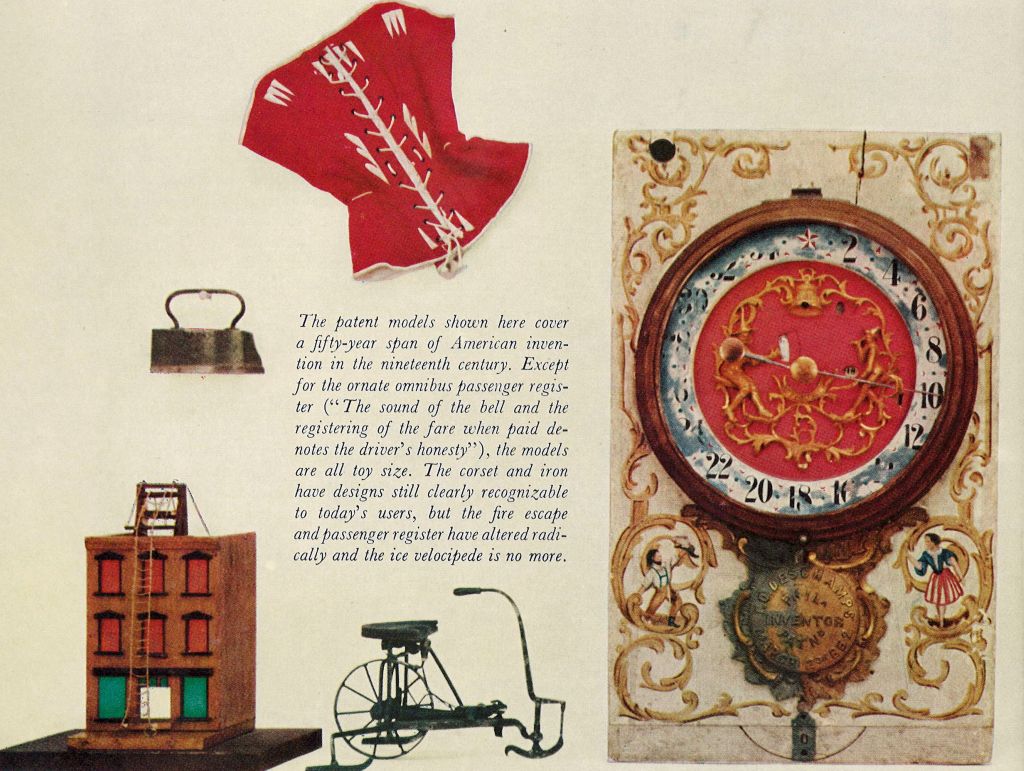Authors:
Historic Era:
Historic Theme:
Subject:
February 1958 | Volume 9, Issue 2


Authors:
Historic Era:
Historic Theme:
Subject:
February 1958 | Volume 9, Issue 2
While the British were busily engaged in putting the torch to Washington on the evening of August 24, 1814, Dr. William Thornton, superintendent of the Patent Office, stood aghast by a window in Georgetown watching the Capitol, of which he was the chief designer, go up in flames. But the next morning, when he learned that the Patent Office too was threatened with fire, he mounted a horse and dashed back into the city, one of the first Americans to return.
Quickly he approached a Colonel Jones, who had been assigned to burn that part of the city, and begged that Blodgett’s Hotel, which a few years before had become the Patent Office and museum for its models, be spared from the flames. According to his own report, he stood amid the smoldering ruins of the city and successfully overwhelmed the Britisher by charging that the destruction of “the building … which contained … hundreds of models of the arts … would be as barbarous as formerly to burn the Alexandrian Library for which the Turks have since been condemned by all enlightened nations.” Blodgett’s Hotel was the only government building spared in the razing of Washington.
This seems to have been the high point of the federal government’s concern for its collection of patent models, which since that time has been decimated by three other fires, two federal economy waves, three auctions, a bankruptcy, and a sale at Gimbels.

Seven weeks before the last of the thirteen original states ratified the Constitution, Secretary of State Thomas Jefferson, Secretary of War Henry Knox, and Attorney General Edmund Randolph became the Patent Commission. When they opened for business on April 10, 1790, they immediately established the requirement that a working model of each invention, done in miniature, be submitted as part of the application.
This requirement was kept in force until 1870, when a change in the law was made necessary by quarters so bulging with models that there was no room for examiners, and the submission of a model was made discretionary with the commissioner of patents. By 1880 the requirement was dropped altogether with the wry exception of flying machines—for which the requirement was also dropped after 1903 and Kitty Hawk. (But the Patent Office still demands physical proof of the pudding before it will issue a patent for a perpetual motion machine.)
From the very start the models—the idea for which sounds like a Jeffersonian notion—became a tail that wagged the dog. Their number and bulk dictated the division’s move in 1810 from an office in the Department of State to Blodgett’s Hotel. Congress had appropriated $10,000 to purchase the hotel and $3,000 to renovate it, insisting that the two larger of four rooms assigned to the Patent Office be devoted to displaying the models. The rest of the building, except for two smaller rooms, was given over to the General Post Office.
Congress would brook